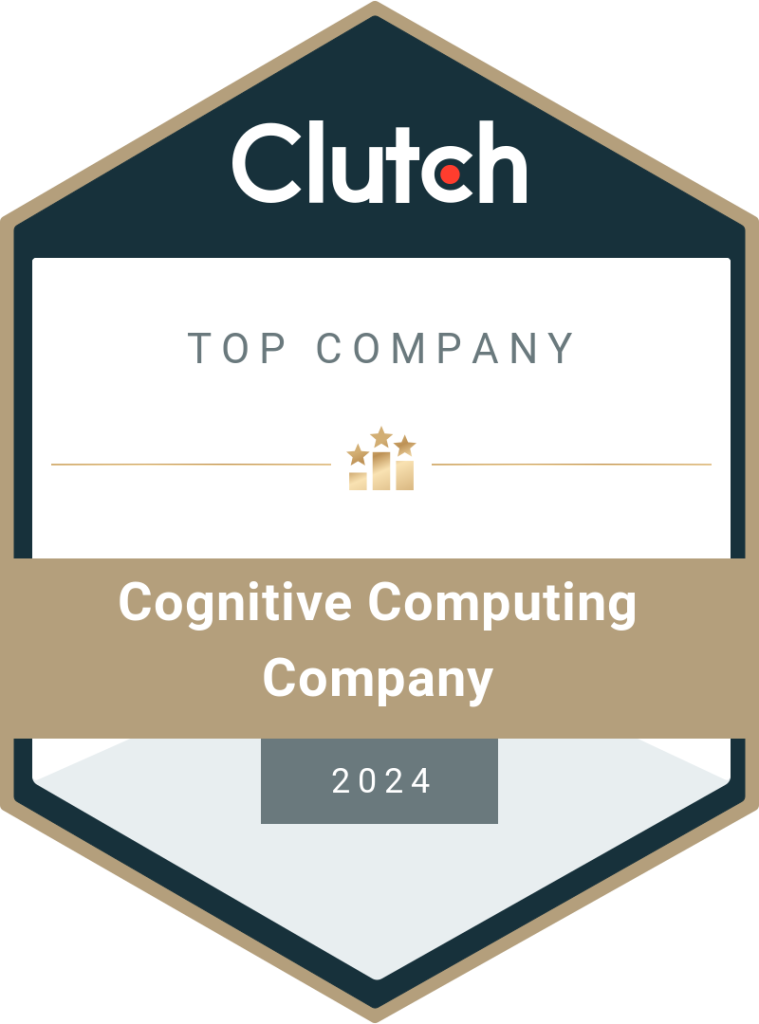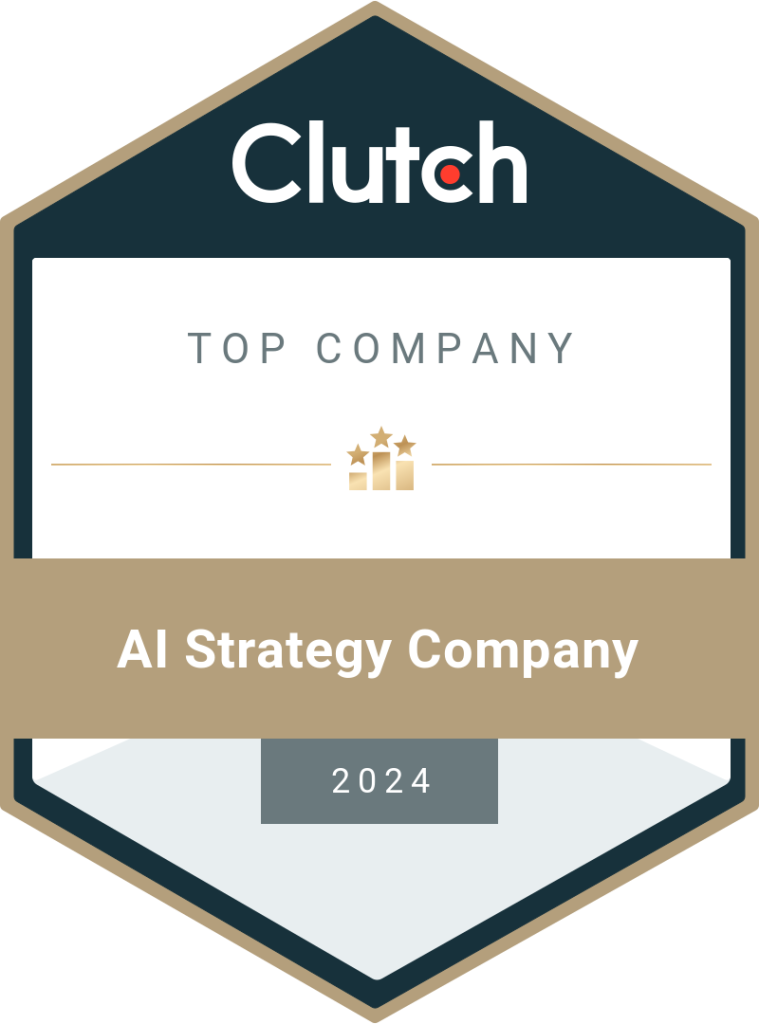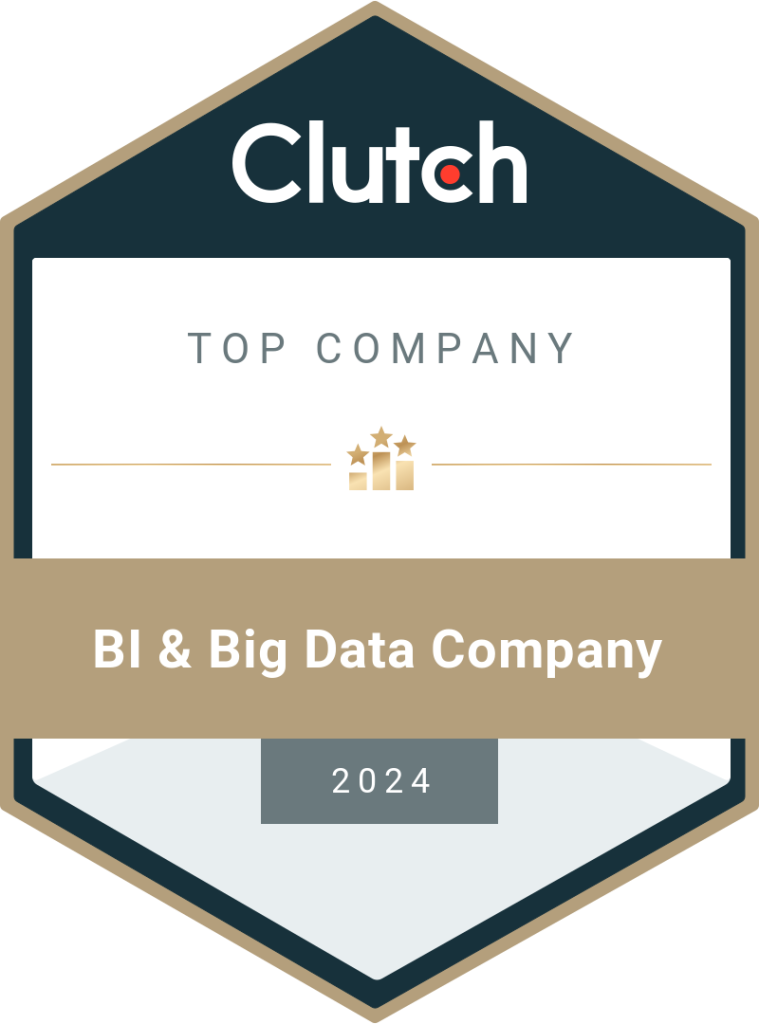Machine Learning in Finance: Next-Gen Budget Forecasting
Machine learning algorithms analyze large historical data to provide probable future predictions. Here, we’ll discuss the role of machine learning in predictive planning and how it can help businesses with accurate and effective budget forecasting. We live in volatile, uncertain markets where things could change in the blink of an eye. An unexpected geopolitical scenario could impact businesses in various ways, much like natural calamities or pandemics can. In such instances, enterprises should safeguard their interests by taking the necessary steps to minimize losses. That’s where predictive planning and forecasting come into the picture. These are essential elements when budgeting for the future and should be used in every business. But what exactly is predictive planning, and how is it done? Predictive planning is the process of using data, analytics, and machine learning algorithms to process historical data and predict future outcomes. This helps make data-driven and informed decisions, adapt quickly to changing conditions, and mitigate risks. What role does machine learning play in predictive planning and forecasting? Machine learning algorithms are trained to analyze large datasets to detect hidden patterns, trends, etc., from historical data and create probable outcomes for the future based on the past. According to Statista, the machine learning market size is expected to be $105.45 billion in 2025 and projected to reach $568.32 billion by 2031 at a CAGR (compound annual growth rate) of 32.41%. In this blog, we’ll read in detail about the role of machine learning in predictive planning and the services provided by MLOps companies to help organizations future-proof their businesses. How does Machine Learning Improve Budgeting Accuracy? A machine learning model analyzes large unseen datasets to find patterns, discover hidden trends or correlations, and make decisions. Using ML algorithms in budget forecasting has revolutionized various industries. It is not limited to the finance or FinTech industry but can be used in other sectors too. Thanks to the increased forecasting accuracy with machine learning, businesses can prevent budget overruns, eliminate unwanted costs, and streamline financial allocations to different departments and projects. But how does machine learning improve budgeting accuracy? Here’s how: Machine learning algorithms are used to enhance the budgeting process by processing historical data. It automates data analytics and performs complex calculations, which take too much time when done manually. Moreover, by using advanced models, the risk of human error reduces greatly. Thus, an organization can get faster and more accurate as well as realistic budget predictions by implementing ML models. Additionally, the models can also be useful in detecting fraud in the budgeting process. When the machine learning model analyzes large amounts of historical data, it can ‘see’ things humans cannot or may not due to the extensive data volume, time constraints, or personal bias. For example, the model can quickly identify business areas with recurring overspend. Similarly, it can identify areas where the resources are being underutilized and are not giving the expected results. Using these insights, the enterprise can reconsider its budget and allocate funds accordingly to optimize resources and increase returns. By automating the process, decision-makers can get alerts for high-risk investments or projects and make proactive decisions to prevent losses. Modern budget forecasting software with machine learning algorithms increases transparency, saves time, and empowers businesses to make data-driven decisions about their finances. Machine Learning in Financial Forecasting Financial forecasting is the process of analyzing the organization’s past performance, current business and market trends, and other factors that influence it. It provides financial projections to support business decisions for the present and the future. Typically, creating accurate financial forecasting reports is not an easy task. Even a slight error could have far-reaching implications on the business. With ever-changing market conditions that require swift decisions, businesses can no longer rely on traditional forecasting methods and outdated tools. Advanced technology like machine learning and artificial intelligence has to be used to speed up the process without compromising accuracy or relevance. By hiring machine learning services to implement the models in financial forecasting, the business can achieve the following: Use More Data Due to the labor-intensive nature of the traditional financial forecasting process, businesses cannot consider diverse information from past years. It has to limit its data and sources to get the results in time. After all, there’s only so much a spreadsheet can do. However, with machine learning, the CFOs can include data from multiple sources and go back in the past to consider historical data to predict future trends and outcomes. Using more relevant data gives in-depth insights, which are not possible to achieve manually. Moreover, ML models are quick and can compute all this data in very little time. So, the enterprise can get better and accurate predictions. Faster Reports Data collection, cleaning, storage, and processing are time-consuming tasks. But these tasks cannot be avoided if a business wants to derive forecasting reports. An effective way to accelerate the process is by implementing machine learning models. With automation, there’s no need to move and reconcile data manually. After the initial connections are set up by ML engineers, the process is automated to save time and generate quick reports for input queries. The finance department can get near-instant or real-time insights to help the top management make data-driven decisions for the future. Moreover, as the organization uses the models frequently, the algorithms will refine themselves and give more accurate predictions. Value Additions When the finance department spends most of its time on the initial processes, it doesn’t have the resources to focus on value-adding analysis. The experts end up using all their time on repetitive and laborious activities. However, when the organization automates these tasks using ML models, financial analysts, risk management analysts, advisors, etc., concentrate on understanding and finding ways to improve the core business features, explore the market trends in detail, and think innovatively to gain a competitive edge. They can balance risks and opportunities to create more beneficial situations for the business. Integration with Other Tools Financial planning is not an independent activity. The forecasting
Read More






